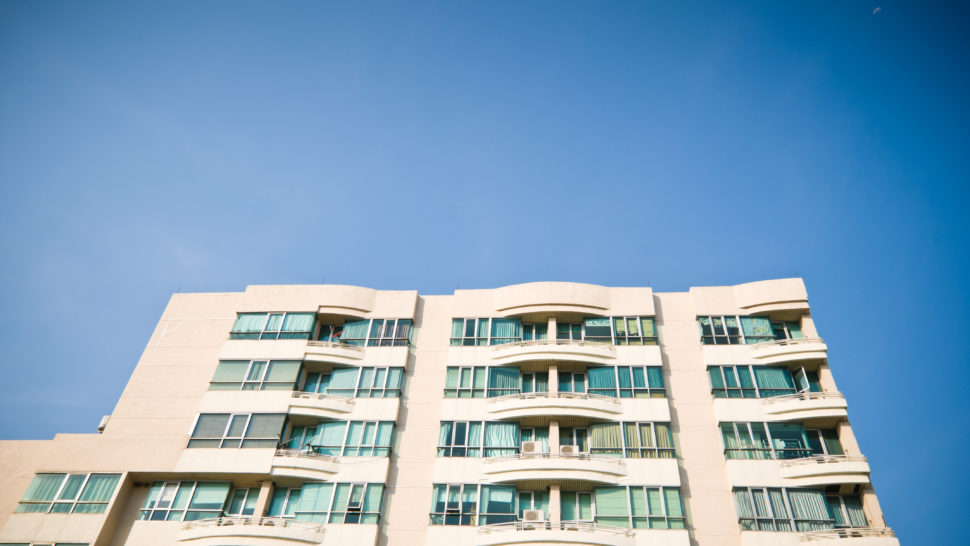The Duty of an HOA in Establishing and Enforcing Area Standards for Locals
The role of a Homeowners Organization (HOA) in imposing and developing community guidelines is basic to keeping a orderly and natural domestic setting. By formulating clear guidelines that regulate aspects such as building maintenance and neighborhood conduct, the HOA not just establishes criteria for homeowners but likewise cultivates a sense of belonging and liability.
Recognizing Home Owners Associations
Homeowners organizations (HOAs) work as governing bodies for domestic areas, playing a crucial duty in keeping residential or commercial property values and cultivating a feeling of area. Usually developed by programmers, HOAs are composed of house owners within a marked location who elect a board to supervise the association's activities. The primary features of an HOA include enforcing area rules, taking care of typical locations, and organizing neighborhood occasions.
HOAs run under a set of regulating documents, consisting of conditions, agreements, and restrictions (CC&R s), which detail the civil liberties and obligations of home owners. These regulations intend to make sure that residential or commercial properties are maintained to a certain standard, thus protecting the aesthetic charm and general worth of the community. Additionally, HOAs commonly collect fees from homeowners to money upkeep, landscaping, and other social work.
The existence of an HOA can significantly affect the living experience within a community (hoa condo). While some locals appreciate the structured setting and facilities offered, others may find certain guidelines limiting. Stabilizing the interests of all homeowners is essential for an HOA to work properly, ensuring that it serves its designated purpose of enhancing community living while valuing private home owner rights
Establishing Community Standards

To begin, an HOA ought to perform surveys or hold conferences that enable citizens to articulate their issues and recommendations. This participatory procedure promotes a feeling of possession and raises compliance. Next off, the HOA board should examine the comments to recognize usual styles and top priorities that require formal incorporation in the guidelines.
It is likewise important to make sure that the standards are clear, succinct, and quickly understood. Ambiguities can bring about misconceptions and disputes, weakening the function of the standards. In addition, the guidelines need to be detailed, covering different aspects of area living, consisting of residential property upkeep, sound levels, and use of common areas.
Enforcement of Policies
Efficient enforcement of area regulations is crucial for maintaining order and making sure that all residents stick to the established guidelines. An HOA has to carry out an organized technique to impose these guidelines, which usually involves a mix of surveillance, interaction, and fines for non-compliance.
First, normal inspections and area patrols can aid determine violations, making certain that rules are constantly used throughout the community. This aggressive monitoring enables the HOA to address concerns before they escalate, fostering a sense of responsibility amongst residents.
Second, clear communication is essential. Residents ought to be educated of the rules and the treatments for reporting violations. An open line of interaction encourages citizens to voice issues and seek explanation on standards, which can boost compliance.
Lastly, when infractions take place, the HOA should apply repercussions as outlined in the governing files. This may consist of alerting letters, fines, or, in extreme instances, lawful action. It is very important that penalties are used rather and regularly to preserve original site trust fund within the neighborhood. By effectively enforcing regulations, an HOA can cultivate a harmonious living environment that mirrors the cumulative values of its locals.
Advantages of HOA Regulations
Numerous advantages emerge from the implementation of HOA laws, which offer to boost the high quality of life within a neighborhood. One main advantage is the maintenance of building values. By implementing criteria for looks and upkeep, HOAs guarantee that homes and typical locations remain appealing, cultivating a preferable living environment that can cause increased residential property values in time.
In addition, HOA regulations promote uniformity and uniformity within the area. This coherence in style and upkeep helps to develop a feeling of belonging among residents, contributing to area pride and a positive ambience. Established standards help with conflict resolution amongst next-door neighbors by supplying clear assumptions and methods for habits, consequently lessening disputes.
An additional significant benefit is the arrangement of common services and services. Numerous HOAs manage community facilities such as pools, clubhouses, and parks, which improve leisure possibilities for homeowners. These facilities not only improve the lifestyle yet additionally urge social communication.
Eventually, the guidelines set forth by an HOA grow a well-organized, unified neighborhood, ensuring that locals delight in a high standard of living while fostering a supportive environment for all property owners.
Common Obstacles Encountered by HOAs
Among the advantages that house owners organizations (HOAs) can supply, they additionally experience a selection of difficulties that can hinder their effectiveness. One considerable concern is the lack of resident interaction. Many property owners might not take part in meetings or this website neighborhood activities, leading to a detach in between the HOA board and citizens. This disengagement can lead to misconceptions concerning neighborhood guidelines and an absence of support for enforcement initiatives.
Another obstacle is the enforcement of laws and policies. Conflicts can develop when citizens feel that enforcement is inconsistent or biased, potentially bring about problems within the community. Additionally, HOAs typically face financial constraints, which can restrict their ability to maintain common areas or fund area jobs. This can create dissatisfaction among residents who expect high criteria of upkeep.
In addition, browsing legal intricacies can be intimidating for HOAs. Progressing and altering demographics community needs call for HOAs to adapt their standards, commonly meeting resistance from long-lasting locals who are accustomed to typical norms.
Verdict

By creating clear guidelines that control aspects such as building upkeep and neighborhood conduct, the HOA not just establishes standards for locals yet also promotes a feeling of belonging and liability.Homeowners associations (HOAs) serve as regulating bodies for household areas, playing look at these guys an important duty in keeping home worths and cultivating a feeling of community. Numerous house owners might not participate in meetings or neighborhood tasks, leading to a separate in between the HOA board and homeowners. Progressing and altering demographics neighborhood needs need HOAs to adjust their guidelines, commonly satisfying resistance from long-standing citizens who are accustomed to conventional standards. With the growth of clear guidelines and regular enforcement, HOAs promote residential or commercial property upkeep, area satisfaction, and trust among citizens.